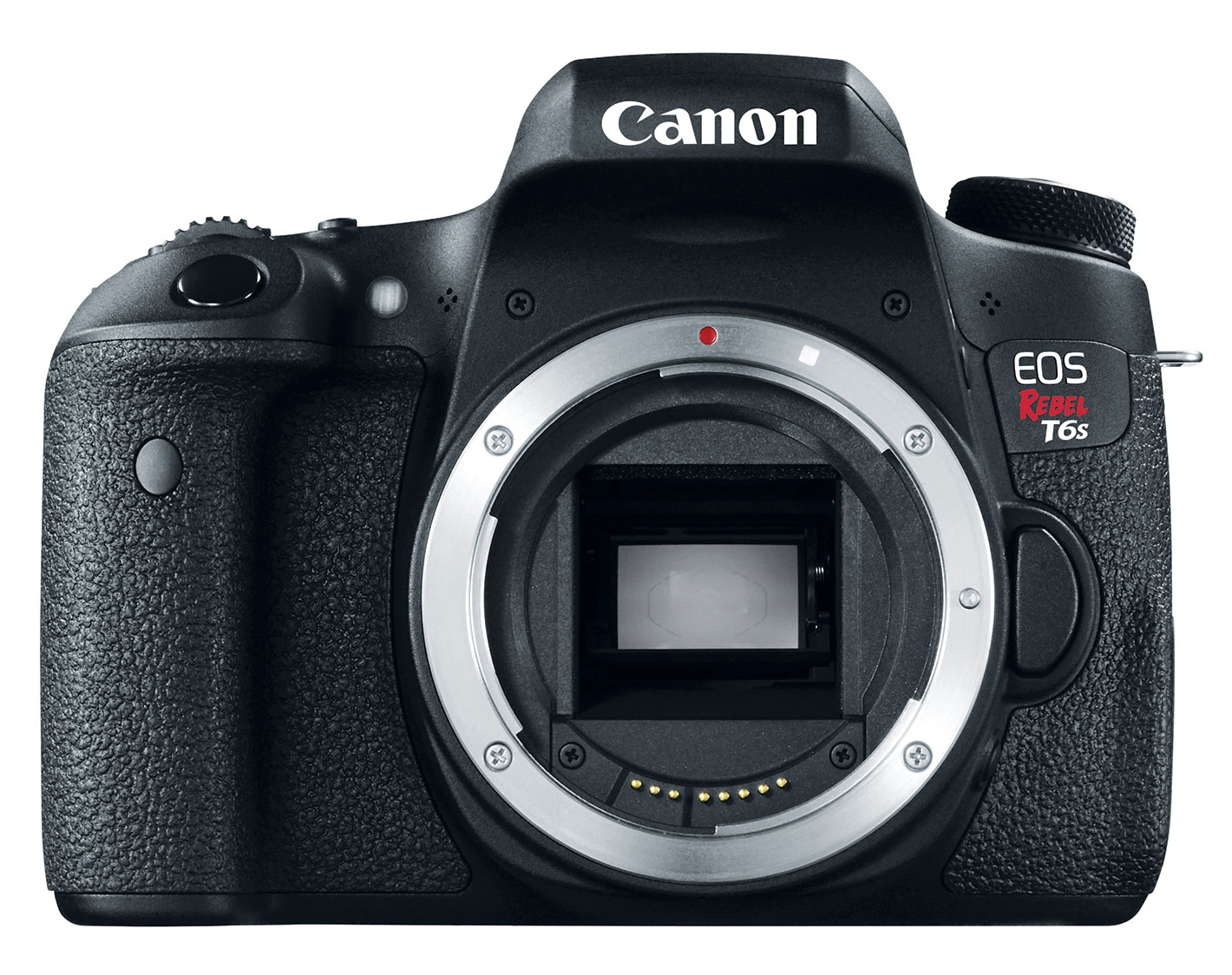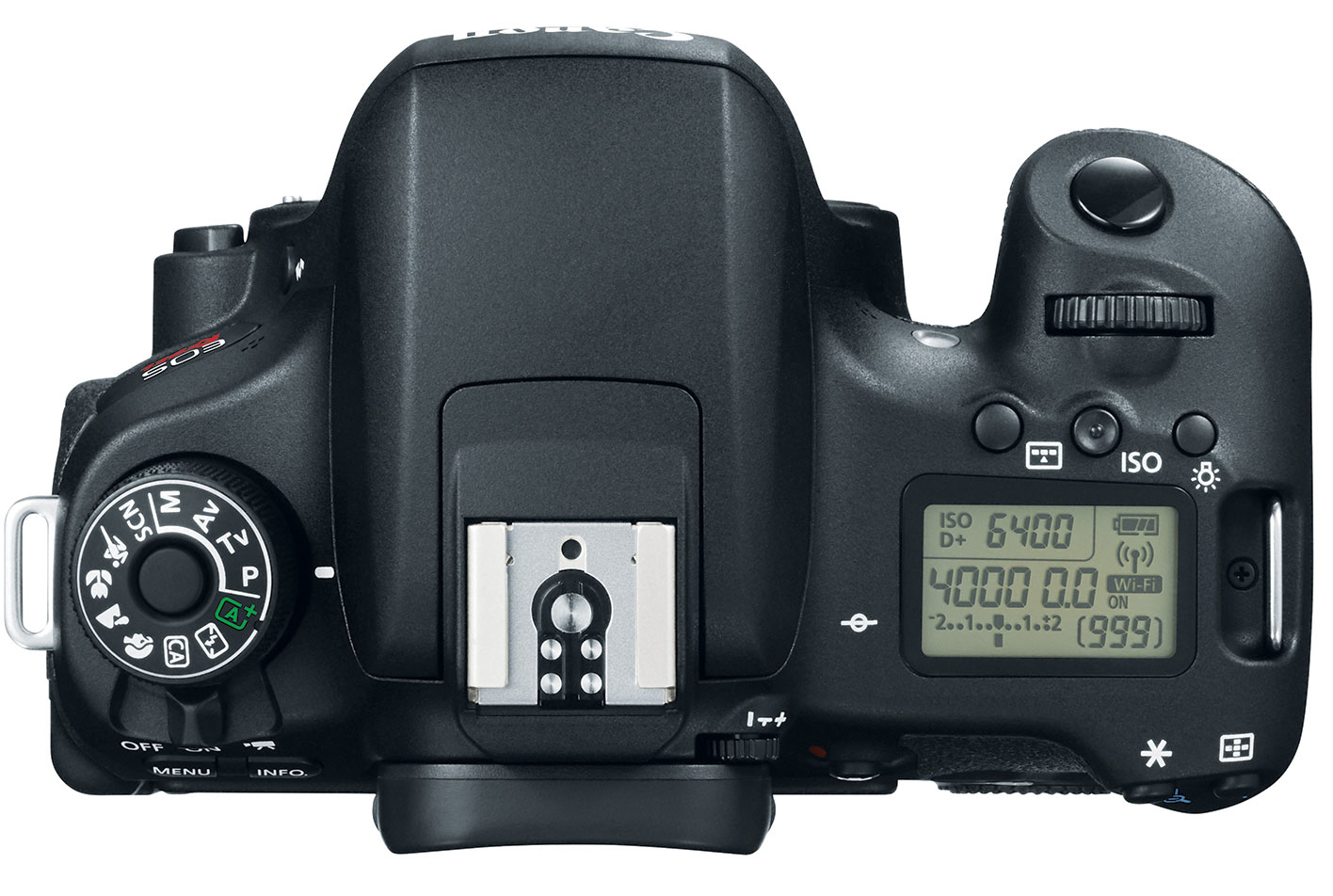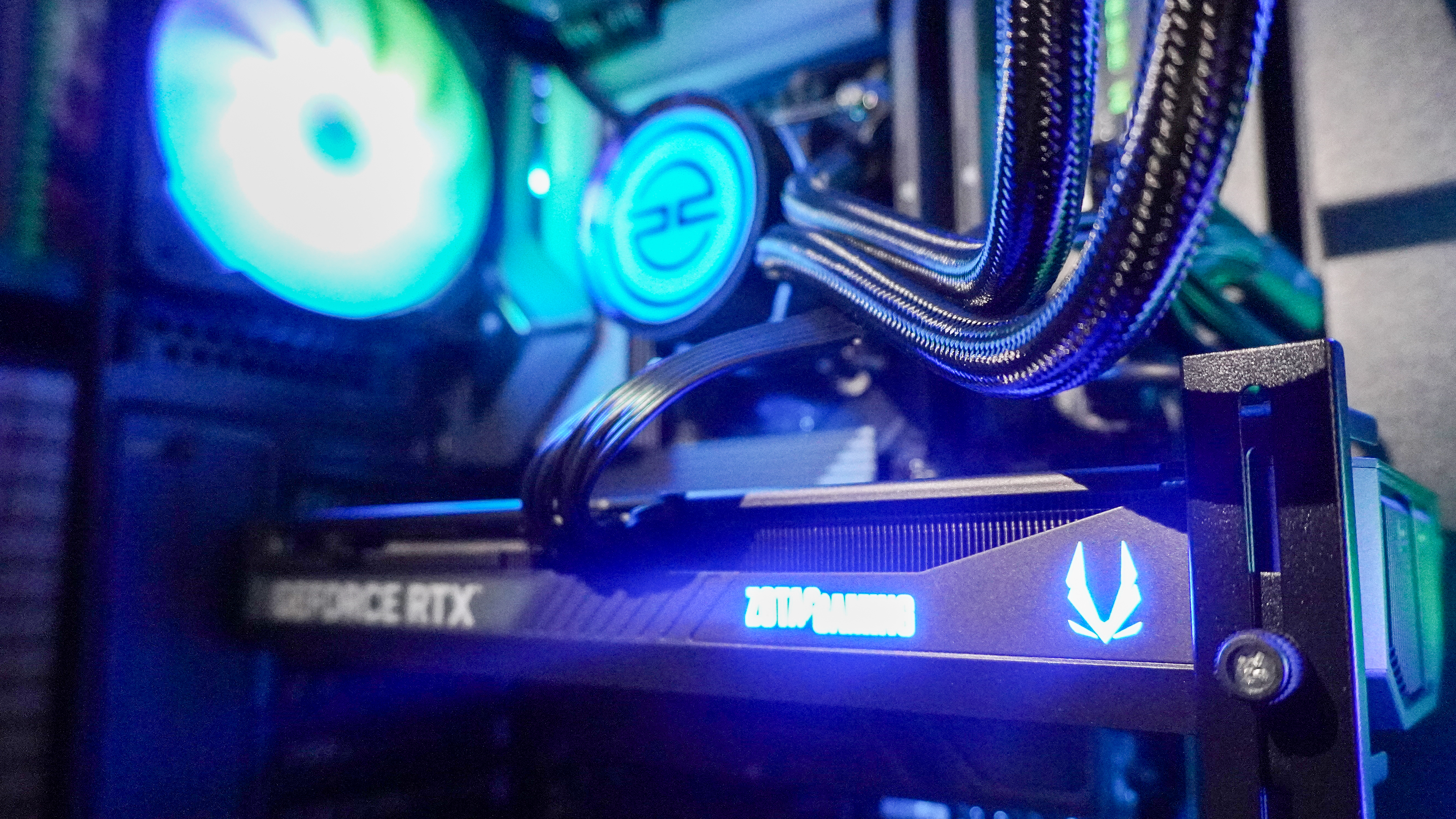Canon Rebel T6s and T6i DSLRs Pack Faster Autofocus Tech for Video
Canon's new 24.2-MP Rebel T6i and T6s have new focus technology for sharper video and stills, a 3-inch tilting touchscreen, Wi-Fi and NFC.

Aspiring filmmakers and photographers will soon have new gear options. Canon today (Feb. 5th) announced two new DSLR cameras in its consumer-focused Rebel lineup, the T6i and T6s, which pack a slew of exciting new features. Both available in April, the Rebel T6i will sell for $750, and the slightly higher-end Rebel T6s will sell for $850 (each body only). There will also be lens bundle options, such as $900 for the T6i with Canon's standard EF-S 18-55mm STM kit lens and $1200 for the T6s with the longer EF-S 18-135 STM lens.
The most intriguing addition to these cameras is Canon's new 24.2-megapixel CMOS image sensor with hybrid autofocus technology that is supposed to make focusing faster and more accurate in video and live view photo capture. The new hybrid CMOS AF III is the company's third iteration of this system.
MORE: Best DSLRs for Every Skill Level
It will feature the same amount (80 percent) of dual-duty phase-detect pixels as in the previous generation, but scattered in more places on the sensor. Handling focus while the mirror is up for shooting video or photos in live view, these phase-detect pixels are similar to the autofocus sensors that the camera uses in traditional SLR mode. According to Canon, they should allow faster and more-accurate autofocus than the slower method of contrast detection that some previous Rebels relied on when the mirror was up.
SLR-style viewfinder shooting features a 19-point all cross-type autofocus system. The T6s and T6i can shoot continuously up to a relatively slow 5 fps.
The new Rebels also represent a series of firsts for the company. They'll be the first in the EOS range to come with built-in Wi-Fi and NFC capabilities for fast pairing with smartphones or tablets for photo transfer or remote control and for sending photos directly to Wi-Fi equipped printers. Both cameras are also the first in the EOS line to pack Canon's color tone detection system to improve exposure and focus on people in photos.
Both the T6s and T6i will pack Canon's latest Digic 6 image processor and a 3-inch vari-angle (tilting) touchscreen for navigating menus or tapping to select a focus point and snap a photo in live view mode. The higher-end T6s will offer several bonus features, such as a top LCD panel enabling a quick glance at settings and a dedicated quick control dial. The T6s will also feature servo AF in live view, another first for the Rebel line, to continuously track a moving subject and adjust focus for each photo during burst mode shooting sequences. For videographers, the T6s also features an input jack for attaching a better microphone than each camera's tiny built-in stereo mics.
Sign up to get the BEST of Tom's Guide direct to your inbox.
Get instant access to breaking news, the hottest reviews, great deals and helpful tips.

Video specs aren't as high as they could be, however. Both Rebels shoot at only up to 30fps, rather than the smoother 60fps that rival DSLRs from Nikon provide. And video resolution is limited to 1080p HD, while several mirrorless cameras, such as the new $799 Samsung NX500 will provide.
In all, it looks like the new Rebel T6 cameras are enticing options for those seeking better autofocus performance, especially in video recording. Canon's Rebel T5, T5i and SL1 DSLRs will continue to be available.
- Cheat Sheet: Take Better Pictures With Your DSLR or Mirrorless Camera
- Essential Tips on Buying the Right Camera
- The Best PC and Mac Photo Editing Programs
Staff Writer Cherlynn Low shoots with her Canon Rebel T2i. Follow her @cherlynnlow. Follow Tom's Guide at @tomsguide on Facebook.
Cherlynn is Deputy Editor, Reviews at Engadget and also leads the site's Google reporting. She graduated with a Master’s in Journalism from Columbia University before joining Tom's Guide and its sister site LaptopMag as a staff writer, where she covered wearables, cameras, laptops, computers and smartphones, among many other subjects.

